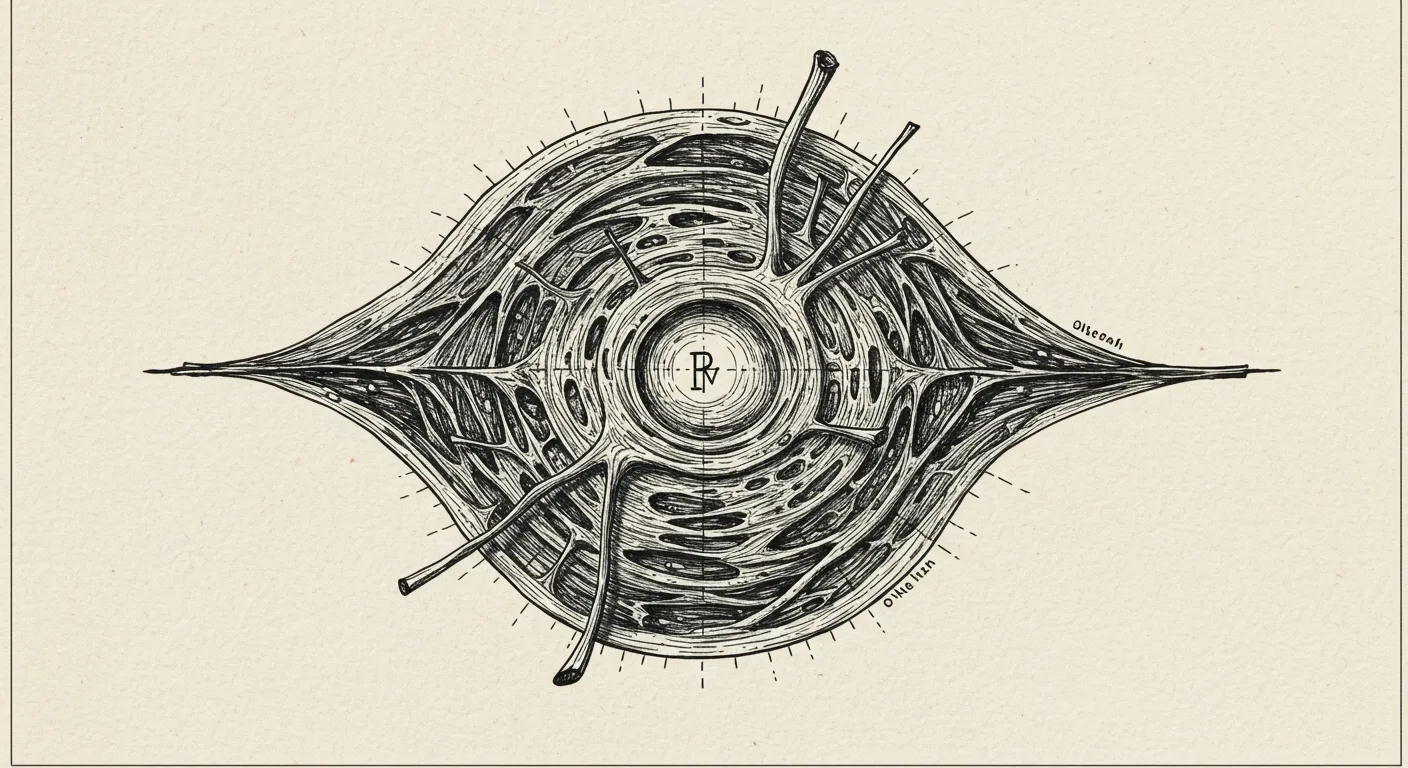In the high-stakes world of medical diagnostics, artificial intelligence is proving to be anything but color-blind or gender-neutral. A groundbreaking study from Stanford University has uncovered a disturbing trend: AI models trained on medical imaging are significantly less accurate when analyzing chest X-rays of Black and female patients.
The research, which examined nearly 400,000 chest X-rays, revealed that these AI diagnostic tools are missing crucial disease markers for marginalized populations. This isn't just a technical glitch—it's a reflection of deeper systemic problems in medical research and data collection. For decades, medical studies have predominantly featured white male subjects, creating a narrow lens through which healthcare technologies are developed.
Online commentators have been quick to point out that this bias isn't unique to AI. The medical field has long struggled with representation, from clinical trials to medical training. Women, for instance, were rarely included in medical research until the 1990s, and racial minorities have consistently been underrepresented in medical datasets.
The study's most provocative finding is that even when race and gender information was explicitly provided to the AI model, diagnostic accuracy only marginally improved. This suggests the problem runs deeper than simple data imbalance—the algorithms themselves may be encoding systemic biases in ways that are not immediately apparent.
Experts are calling for a fundamental reimagining of how medical AI is developed. This means not just collecting more diverse data, but fundamentally challenging the assumptions baked into medical research and technological development. The goal isn't just to create better algorithms, but to build a more equitable approach to healthcare technology that genuinely serves all populations.


